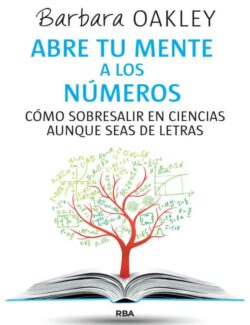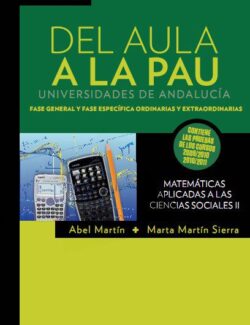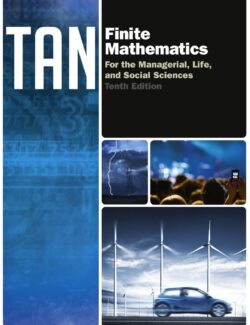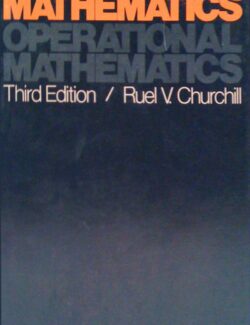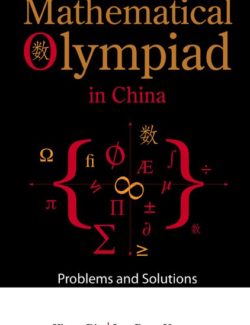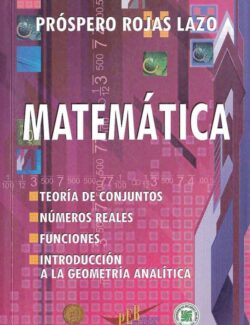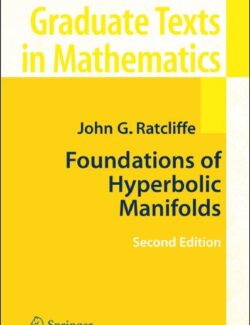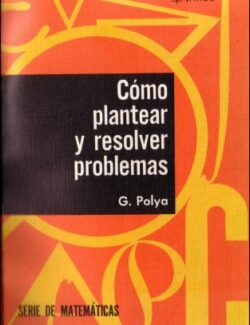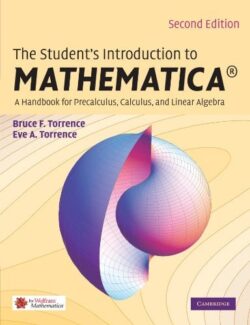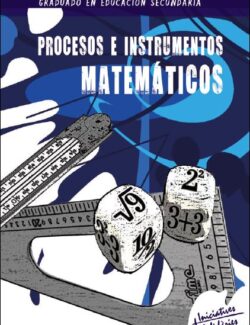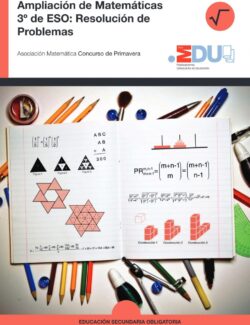Soluciones por Capítulo
- Section Inductive and Deductive Reasoning
- Section Estimation, Graphs, and Mathematical Models
- Section Problem Solving
Aún no hay ejercicios resueltos aquí.
- Section Basic Set Concepts
- Section Subsets
- Section Venn Diagrams and Set Operations
- Section Set Operations and Venn Diagrams with Three Sets
- Section Survey Problems
- Section Statements, Negations, and Quantified Statements
- Section Compound Statements and Connectives
- Section Truth Tables for Negation, Conjunction, and Disjunction
- Section Truth Tables for the Conditional and the Biconditional
- Section Equivalent Statements and Variations of Conditional Statements
- Section Negations of Conditional Statements and De Morgan’s Laws
- Section Arguments and Truth Tables
- Section Arguments and Euler Diagrams
- Section Our Hindu-Arabic System and Early Positional Systems
- Section Number Bases in Positional Systems
- Section Computation in Positional Systems
- Section Looking Back at Early Numeration Systems
- Section Number Theory: Prime and Composite Numbers
- Section The Integers; Order of Operations
- Section The Rational Numbers
- Section The Irrational Numbers
- Section Real Numbers and Their Properties; Clock Addition
- Section Exponents and Scientific Notation
- Section Arithmetic and Geometric Sequences
- Section Algebraic Expressions and Formulas
- Section Linear Equations in One Variable and Proportions
- Section Applications of Linear Equations
- Section Linear Inequalities in One Variable
- Section Quadratic Equations
- Section Graphing and Functions
- Section Linear Functions and Their Graphs
- Section Systems of Linear Equations in Two Variables
- Section Linear Inequalities in Two Variables
- Section Linear Programming
- Section Modeling Data: Exponential, Logarithmic, and Quadratic Functions
- Section Percent, Sales Tax, and Discounts
- Section Income Tax
- Section Simple Interest
- Section Compound Interest
- Section Annuities, Methods of Saving, and Investments
- Section Cars
- Section The Cost of Home Ownership
- Section Credit Cards
- Section Measuring Length; The Metric System
- Section Measuring Area and Volume
- Section Measuring Weight and Temperature
- Section Points, Lines, Planes, and Angles
- Section Triangles
- Section Polygons, Perimeter, and Tessellations
- Section Area and Circumference
- Section Volume and Surface Area
- Section Right Triangle Trigonometry
- Section Beyond Euclidean Geometry
- Section The Fundamental Counting Principle
- Section Permutations
- Section Combinations
- Section Fundamentals of Probability
- Section Probability with the Fundamental Counting Principle, Permutations, and Combinations
- Section Events Involving Not and Or; Odds
- Section Events Involving And; Conditional Probability
- Section Expected Value
- Section Sampling, Frequency Distributions, and Graphs
- Section Measures of Central Tendency
- Section Measures of Dispersion
- Section The Normal Distribution
- Section Problem Solving with the Normal Distribution
- Section Scatter Plots, Correlation, and Regression Lines
- Section Voting Methods
- Section Flaws of Voting Methods
- Section Apportionment Methods
- Section Flaws of Apportionment Methods
- Section Graphs, Paths, and Circuits
- Section Euler Paths and Euler Circuits
- Section Hamilton Paths and Hamilton Circuits
- Section Trees
Acerca de
En el desarrollo del pensamiento lógico y cuantitativo, las matemáticas han demostrado ser una herramienta insustituible, no solo para resolver problemas específicos, sino para estructurar el razonamiento de forma clara, coherente y rigurosa. Aplicar el pensamiento matemático va mucho más allá de memorizar fórmulas o ejecutar procedimientos algorítmicos; implica reconocer patrones, formular conjeturas, construir argumentos válidos, y tomar decisiones fundamentadas con base en evidencia numérica y lógica formal. Para facilitar ese aprendizaje, un solucionario detallado y pedagógicamente orientado se convierte en un aliado fundamental, especialmente cuando se trata de explorar las múltiples áreas temáticas que constituyen la base de las matemáticas contemporáneas aplicadas a la vida real. El enfoque adoptado en este material se basa en fortalecer las habilidades de razonamiento matemático a través de la práctica intensiva de ejercicios organizados por bloques temáticos, desde los fundamentos del pensamiento crítico y la resolución de problemas hasta el análisis financiero, la estadística, la geometría, el álgebra, la teoría de conjuntos, la lógica, la probabilidad y la teoría de grafos. Cada solución está diseñada no solo para proporcionar el resultado correcto, sino también para modelar el proceso de pensamiento que debe seguirse para llegar a dicho resultado, promoviendo así la comprensión profunda y el aprendizaje significativo. Los primeros capítulos están orientados al desarrollo de estrategias de resolución de problemas, estimación, razonamiento inductivo y deductivo, uso de modelos matemáticos, y el análisis gráfico de situaciones cotidianas. Las soluciones a estos ejercicios explican cómo estructurar un problema, seleccionar información relevante, aplicar un enfoque lógico y verificar la coherencia del resultado. Se fomenta el pensamiento crítico y la creatividad, especialmente en contextos abiertos o donde existen múltiples caminos posibles para llegar a una respuesta.


